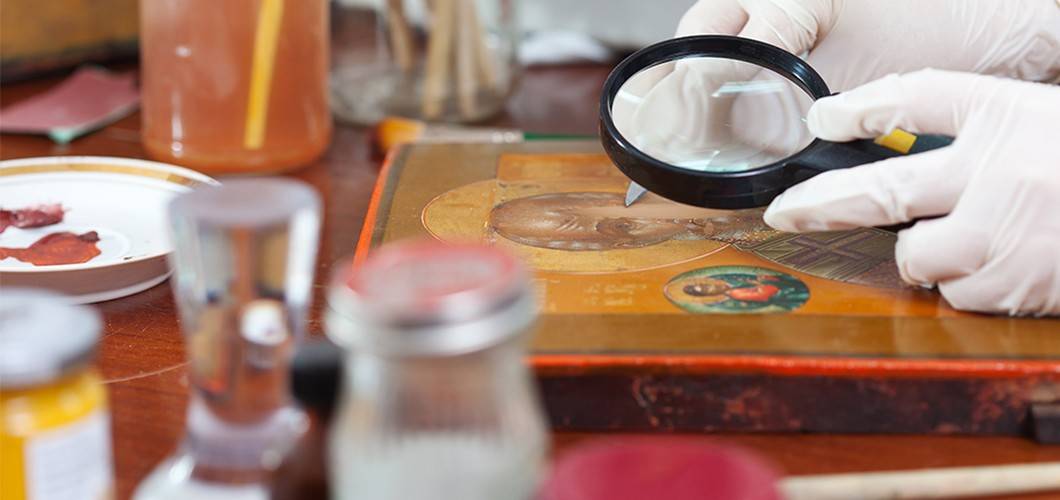Art conservation is a delicate blend of science and artistry, where the preservation of cultural heritage takes center stage. Chemistry plays a pivotal role in this process, offering a scientific foundation for the restoration and protection of priceless masterpieces. This article provides an in-depth exploration of the chemistry behind art conservation, shedding light on the techniques, materials, and scientific principles that safeguard artworks for generations to come.
1. The Marriage of Science and Art: Art Conservation Unveiled
Discover the intricate interplay between chemistry, materials science, and artistic techniques in the field of art conservation.
2. Understanding Deterioration: The Chemical Forces at Work
Explore the chemical processes that lead to the degradation of artworks over time, from oxidation to pigment fading.
3. Materials Matter: Choosing the Right Components for Restoration
Delve into the selection of materials, adhesives, and pigments used in art conservation to ensure compatibility and longevity.
4. Cleaning Techniques: Removing Layers of Time
Learn about the chemical solvents and methods employed to safely remove accumulated dirt, grime, and varnish from artworks.
5. Inpainting and Retouching: Filling in the Gaps
Understand the meticulous process of inpainting, where missing or damaged areas of a painting are carefully restored.
6. Varnishes and Protective Coatings: Preserving Brilliance
Explore the chemistry behind varnishes and protective coatings, which enhance the aesthetic appeal and shield artworks from environmental factors.
7. Analytical Techniques: Unearthing Art’s Secrets
Learn about scientific methods such as spectroscopy and microscopy, which provide crucial insights into an artwork’s composition and condition.
8. Environmental Controls: Creating a Haven for Art
Discover how controlled climate and lighting conditions play a crucial role in preserving artworks over time.
9. Ethical Considerations in Art Conservation
Discuss the ethical dilemmas surrounding the restoration of artworks, including decisions about intervention, reversibility, and authenticity.
10. Case Studies in Art Conservation: Rescuing Treasures from Time’s Grasp
Examine notable examples where art conservation efforts have revitalized and preserved iconic masterpieces.
11. The Future of Art Conservation: Innovations on the Horizon
Explore emerging technologies and techniques that promise to revolutionize the field of art conservation.
In Conclusion: Safeguarding Our Cultural Heritage
Art conservation is a testament to humanity’s dedication to preserving its cultural legacy. Through the meticulous application of chemistry and scientific principles, we ensure that masterpieces from the past continue to inspire and captivate future generations.
In Conclusion:
Art conservation is a testament to humanity’s dedication to preserving its cultural legacy. Through the meticulous application of chemistry and scientific principles, we ensure that masterpieces from the past continue to inspire and captivate future generations.
Tags: Chemistry in Art Conservation, Art Restoration, Preservation Techniques, Conservation Science, Materials in Art Conservation, Restoration Chemistry, Masterpiece Conservation, Artwork Preservation











